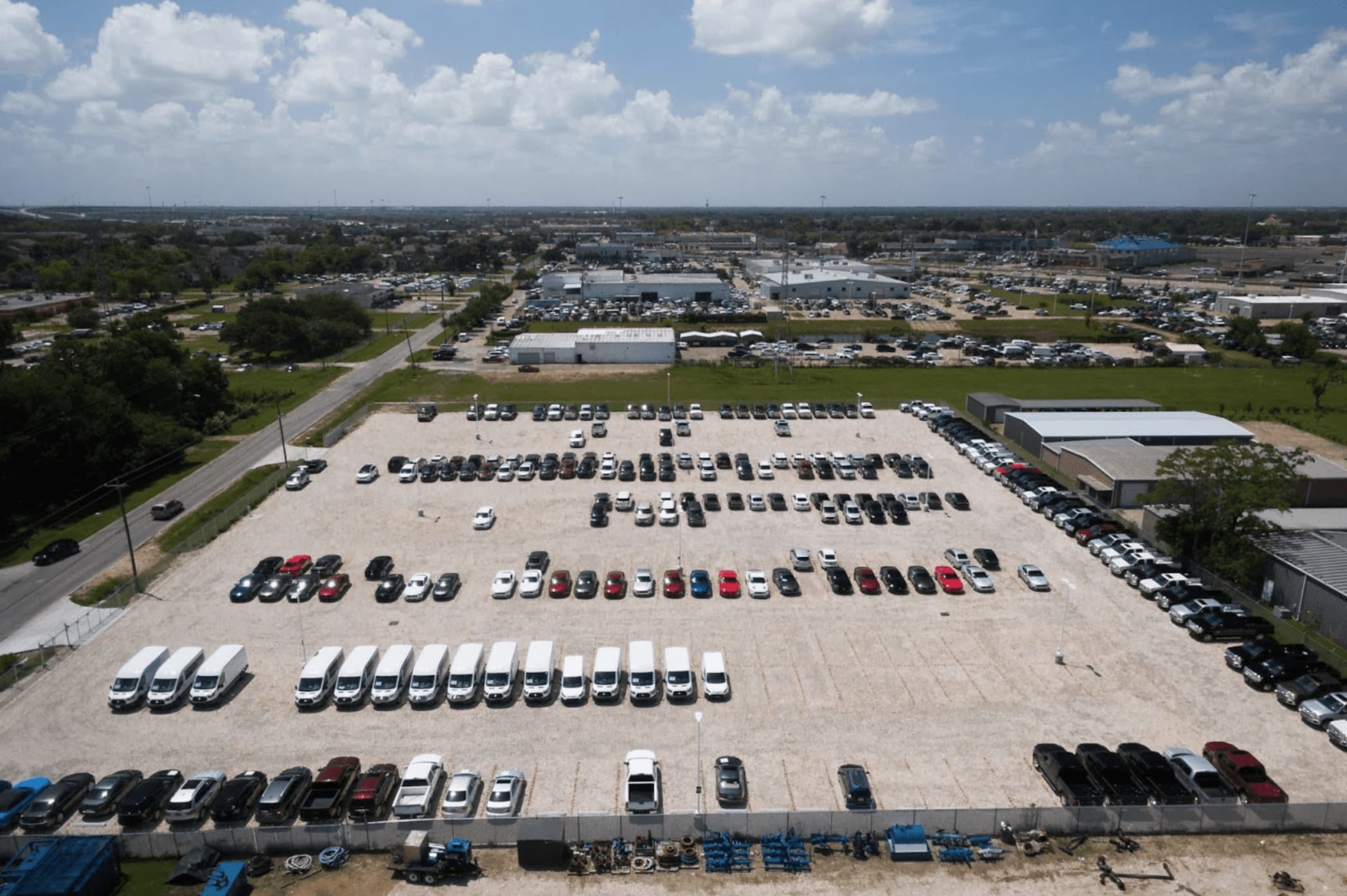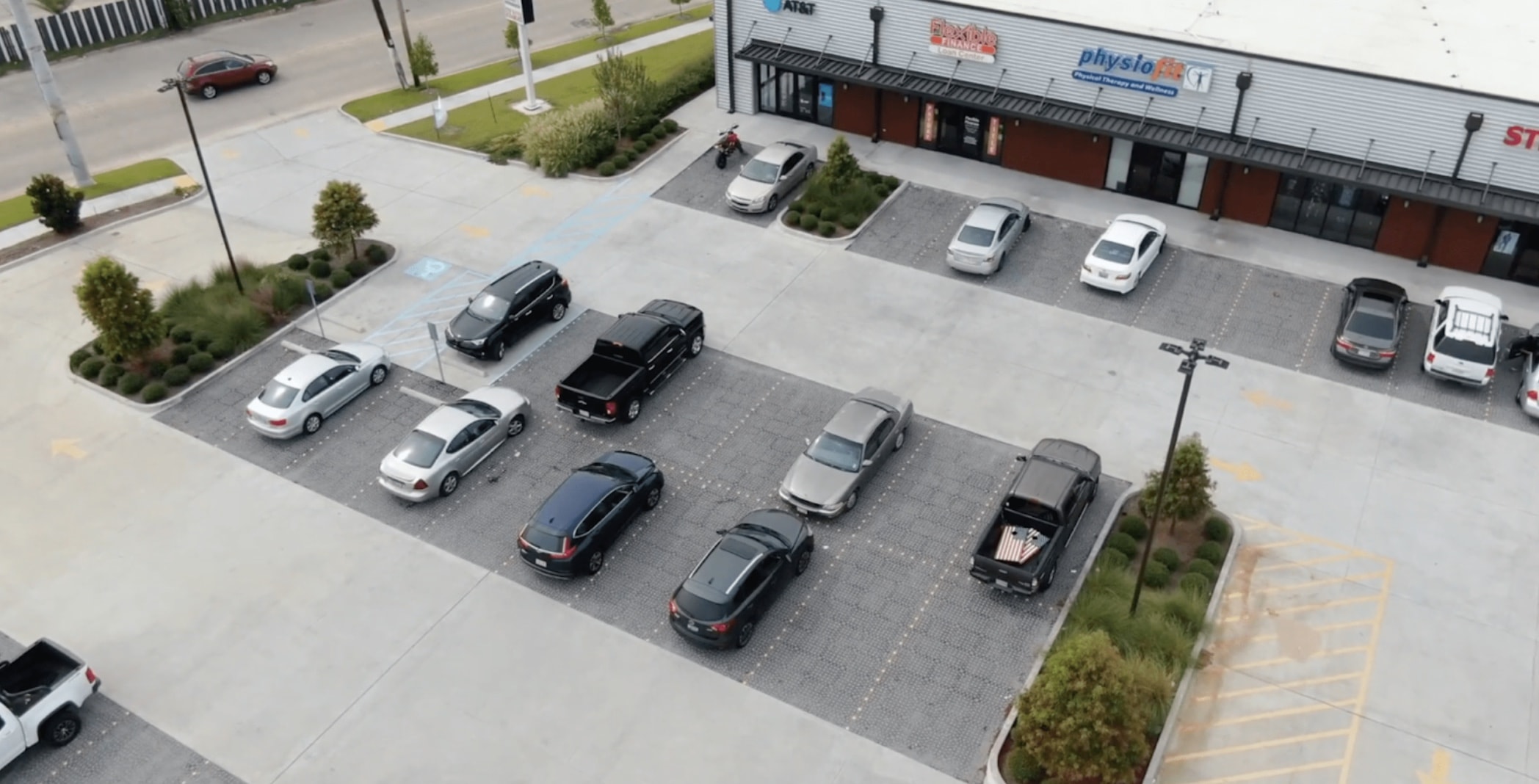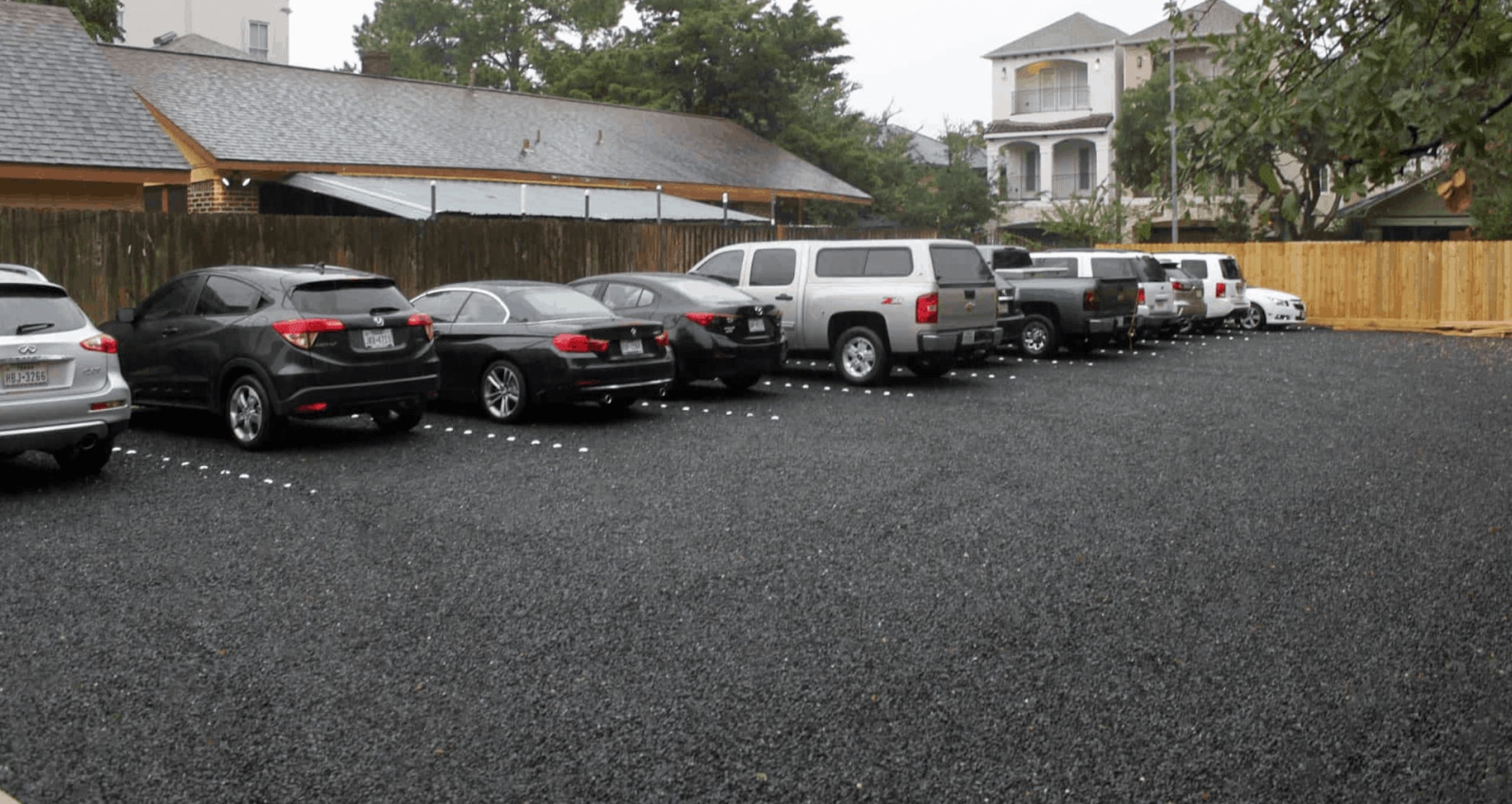If you own a commercial business, parking is a huge part of your ability to operate effectively. Most people commute to work in a vehicle, so your parking lots need to be able to accommodate not just your entire workforce, but visitors and customers as well.
Building a parking lot may not seem like something that takes very much effort or planning, but it can actually be more complex than you might think. Calculating the area of your parking lots, for instance, is something that can be done in a number of different ways and you might want to opt for one strategy over another depending on your specific situation.
So, in case you’re interested in the nuts and bolts of building commercial parking lots, let’s take an in-depth look at just how parking area is calculated.

Determining Your Parking Ratio
You might be wondering, how is parking area calculated? It’s typically calculated by determining your parking ratio. Your parking ratio is the ratio between the size of your parking lot and the size of your building.
Bigger buildings facilitate more people, so they need more parking spots for those people to park their vehicles. The parking ratio of your building is determined by dividing the number of parking spaces in your lot by the square footage of your building (in thousands of feet).
For example, you’ve got a building with 40,000 sq. ft. of space and 200 parking spots in your lot. You would divide the 40,000 sq. ft. by the 200 spots to arrive at a parking ratio equaling 5 parking spots for every 1,000 sq. ft. of space in your building.
The size of your lot and the square footage of your building are directly correlated, meaning that even if you had a lot with 210 spaces, for example, it would still be considered a smaller lot than a 200 space lot if it was paired with a building totaling 50,000 sq. ft. This is because the parking ratio would come out to about 4.2 spaces per 1,000 sq. ft.
Parking ratios are very useful for easily determining how big your lot should be as well as comparing different buildings and their parking lots against one another. However, there’s more to determining the correct size of your lot than just calculating your parking ratio.

Usage factors heavily into calculating the area of a parking lot. An average-sized building that regularly seats many people such as a restaurant is going to need a bigger parking lot than a giant warehouse that only employs a few dozen people.
Local building regulations also put restrictions on how big your lot can be. Sometimes you can’t build the right size lot on a certain plot of land because of the local code. This means that the market demand for your parking lot might not always match up directly with local regulations, forcing you to adjust your strategy.
How to Build the Most Efficient Parking Lot
Aside from considerations like the size of your building, how many people will frequent it, and local regulations, there can be other things that you need to consider if you want to calculate the area of a parking lot. Drainage is one of them.
Many parking lots either have a drainage basin for storing stormwater somewhere on their property or they have drainage systems like grates and trenches built right into their lots. These obviously take up valuable space that could be used for parking, and are best done away with if possible.
The best way to eliminate these costly, land-consuming drainage systems is by building your lot with permeable pavement. TRUEGRID, for example, makes high-quality, durable permeable pavers that are capable of handling even extremely heavy rains without flooding.
This lets stormwater drain directly through your lot and into the ground below instead of directing it in the sewers or a storage basin. Permeable pavement allows you to maximize the efficiency of your lot and fit more parking spaces into it as well.

TRUEGRID is the Number One Choice for Building a Permeable Parking Lot
If you want a permeable parking lot that will outperform any other, TRUEGRID is the way to go. Both the TRUEGRID PRO LITE and TRUEGRID PRO PLUS systems are perfect for handling all types of vehicle traffic. Their pavers last up to 60 years with almost no maintenance required.
They also have all the accessories you need to accommodate your employees and customers such as high visibility markers, high visibility snow markers, high visibility reflectors, and space identification plates for fire lanes, handicap spaces, and more.
TRUEGRID HAS everything you need to maximize the efficiency of your lot, and the gravel-filled pavers themselves look clean-cut and professional, standing toe-toe with the finest asphalt and concrete lots.
The cost-efficiency of a TRUEGRID parking lot is also much greater than that of asphalt or concrete throughout its lifetime. This is mostly due to the almost non-existent level of maintenance required, even over the course of decades. If you want to make the parking lot construction process as simple and cost-effective as possible while also building a lot that will stand the test of time, look great, and perform expertly in all temperatures and weather conditions, contact TRUEGRID right now to get in touch with a pavement specialist for a quote.



